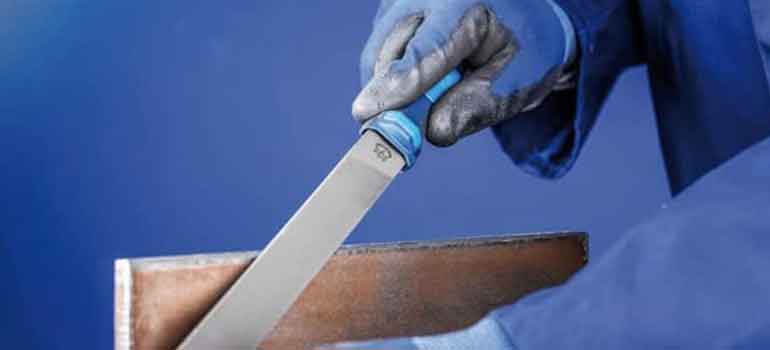With the advent of Bharat Stage VI emission norms in India, there has been a significant shift in the way manufacturing was done in the automobile industry. While some old challenges still persist, BS 6 has given rise to new manufacturing challenges of itself. One of them is burr removal from critical moving parts. While the manufacturers in the USA and Europe are relying heavily on highly specialized automatic deburring tools for these operations, the Indian market has relied mostly on manual labor for these operations.
The challenges of manual deburring are two faceted: 1. Technical and; 2. Operational. Let us face each of them one by one.
Technical Challenges of Manual Deburring
- Quality: Finishing is the most important part of the manufacturing process because the part has already incurred typically 80-95% of it’s manufacturing cost depending on the component. And it hurts if the component is rejected because the chamfer on a hole was too big or too small. That is the outcome of manual operations. At the start of the shift, the chamfers are within the acceptable range. But after 3-4 hours of the shift have passed, the chamfers start varying greatly because of the onset of operator fatigue. While such instances were ignored earlier, because the tolerances for operations like deburring and chamfering were comfortable, as we move into the era of EV manufacturing and BS6, these tolerances have been narrowed down by as much as 90% in some cases. Therefore, better alternatives have to be adopted.
- Reproducibility: Human effort is not controlled by a PLC and varies from component to component. And if the volume of the component is high, with multiple operators performing deburring, the quality would vary from operator to operator as well. In fact, at a major manufacturer of EV components, the customer observed that on the same hole the burr was removed in some places, while in others, it was still attached to the component. And the same was observed on more 15% of the components of that lot.
Operational Challenges of Manual Deburring
- Skill dependency: Since manual operations require skill, manual deburring is dependent on the skill of the operator. If a particular operator resigns, falls sick, or takes a leave of absence, your WIP keeps piling up until the next operator has been trained to do the same job and he acquires a certain skill level to perform the job with the same speed.
- Employee Health & Safety: Because burrs are sharp projections on the edge of the component, manual handling of the same is dangerous and can lead to cuts and bruises.
- Production Capacity: When you invest Lakhs in a machine, you expect to achieve the maximum possible production out of it. But if due to a slow manual deburring process, there is a build up of WIP inventory, that is a major deterrent to your ability to exploit the machine to its full potential.
- Labor availability: Apart from all the above challenges, the onset of COVID-19 has led to the migration of a lot of labor to their villages. And this is not a one time phenomenon. The government is planning on estabilishing high employment projects in tier 2 and tier 3 cities to deter migration of labor. Therefore, the availability of labor is going to be short for the foreseeable future.
Solutions using Automatic Deburring Tools
While there are multiple ways to automate your process with super-low cycle times, the best automatic deburring tools for you depends on your application. Be it deburring of a hole, a cross hole, a slot or even irregular shapes like a gear, we have experience of working on solutions for a wide variety of components. Check out our range of deburring and chamfering solutions. You may also request a call back from one of our engineers for a free analysis of your deburring and chamfering requirements. Trust me, we are very active on calls.

